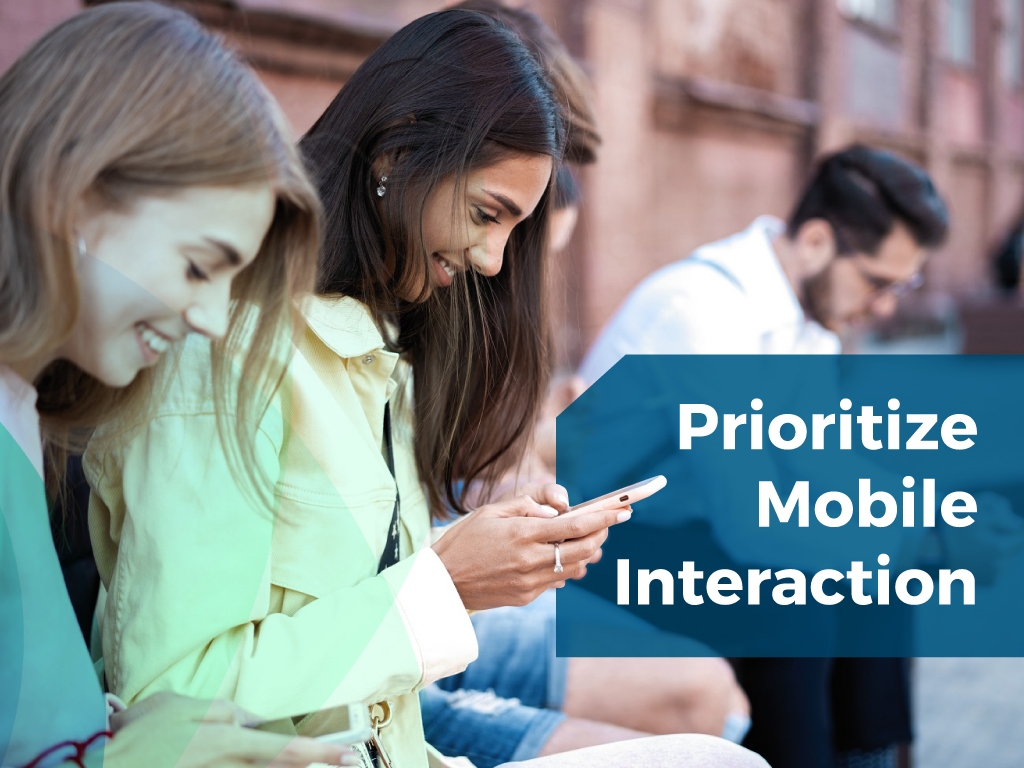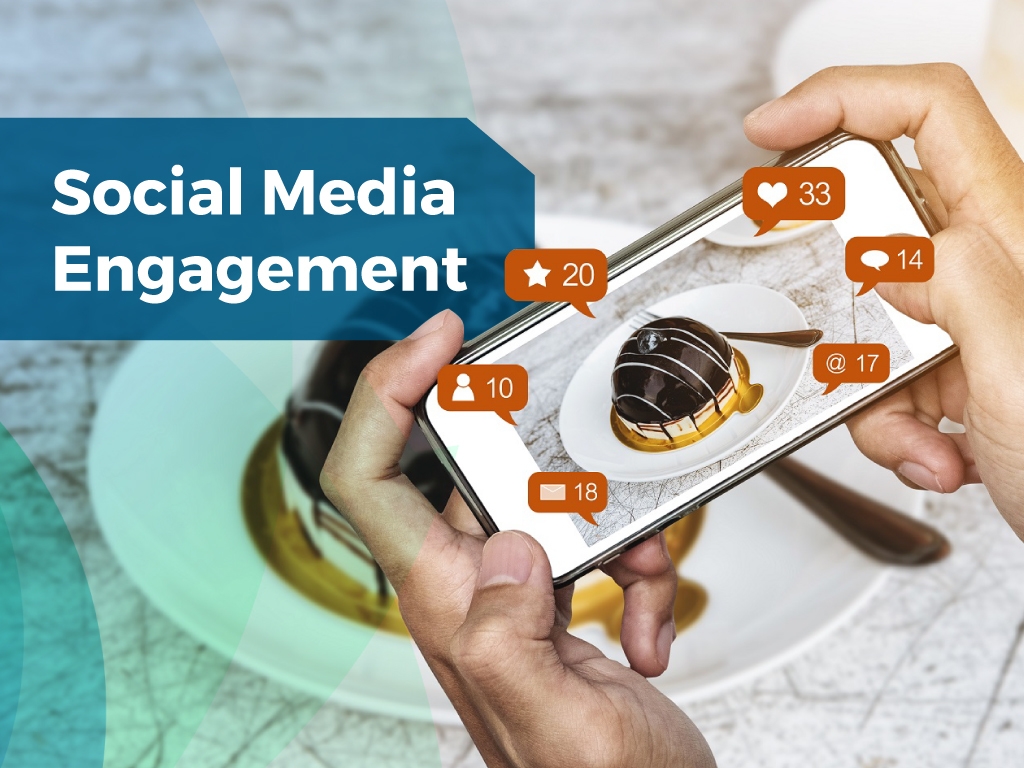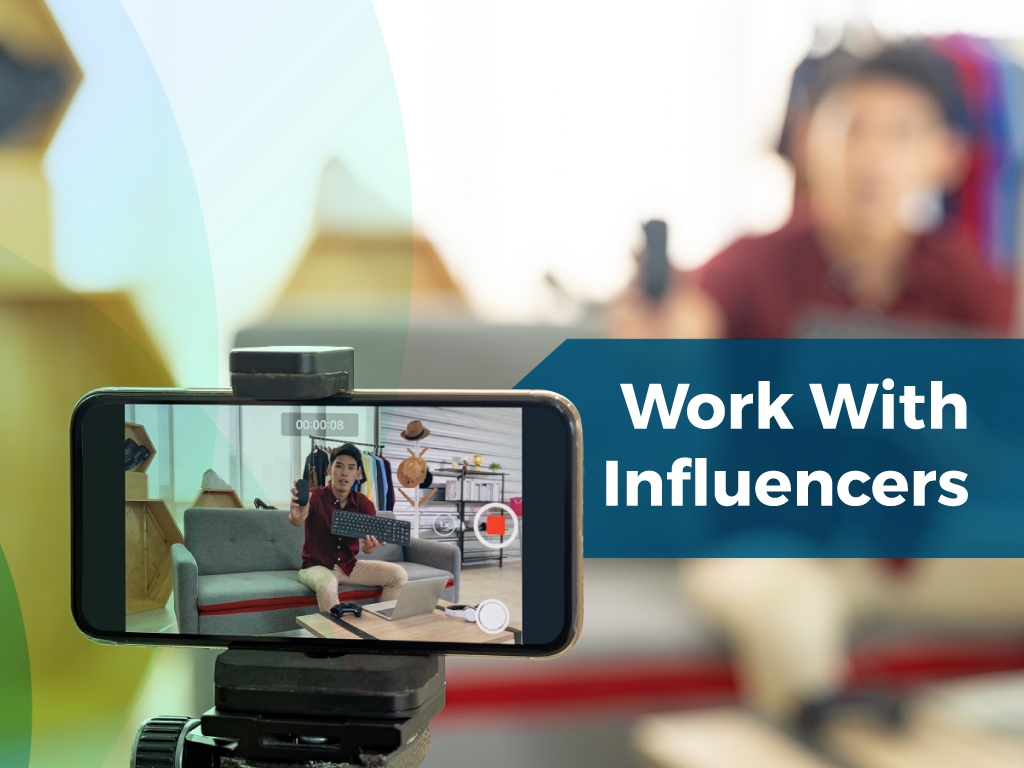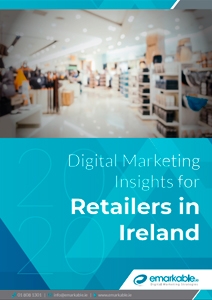How to Market to Millennials – Five Tips
Years have passed and the times have changed: millennials have gone from selfie-obsessed teenagers to the largest generation in the workforce. They’re at the peak of their buying power as consumers, and since more than half of them are in management positions, they’re also becoming B2B decision makers.
Forward-thinking marketers need to work on capturing millennial interest today if they’re going to keep them as loyal customers. We’ve gathered a few proven ways to market to millennials to add to your marketing arsenal.
1. Speak to Millennial Interests and Needs.

In order to effectively market to any generation, you need to understand what makes them unique. Luckily, millennials are the most researched generation in history, meaning there’s a wealth of data available. Using this information, we can develop creative messages that make effective marketing to millennials.
You should do your own market research and identify millennial insights relevant to your specific business niche, so you can create specific types of messaging to fit your different audience segments. That said, there are some well-researched truths that you can use as a starting point when marketing to millennials. Millennials are generally better educated than older generations, but have less accumulated wealth than older generations had at the same age. You can use this information to safely assume that millennials do not have as much disposable income as their older counterparts might have, but will make purchases based on research and the values that matter most to them.
- 81% of millennials expect businesses to make a public commitment to charitable causes and social responsibility. Traditionally, brands don’t make statements on political or social issues to avoid alienating parts of their audience. But choosing to take a stand and make a statement could be the best way to capture millennial attention and loyalty.
- More than 3 in 4 millennials (78%) would choose to spend money on a desirable experience or event over buying something desirable, and 55% of millennials say they’re spending more on events and live experiences than ever before. Brands can position their products and services as tools to enhance the experiences that millennials seek.
Here’s a great example of a credit card ad that speaks to the interests and needs of millennials today:
A credit card ad targeting older generations might focus on all the great things they could buy. Instead, this ad illustrates a credit card as a way to unlock amazing experiences.
2. Prioritize Mobile Interaction When Marketing to Millennials

As they’ve aged, one thing about millennials remains constant: they’re glued to their smartphones. More millennials own smartphones than any other generation, and they use them constantly. In fact, 25% of millennials spend an average of 5 hours a day on their mobile phones, while 25% check their phones more than 100 times per day.
It’s safe to assume millennial audiences are going to interact with your brand on their mobile phones, so be sure to prioritize a mobile-optimized user experience across all audience touchpoints:
- Website and landing pages
- Social media
- Search and display advertisements.
When determining where to spend your budget, prioritize ad types that are designed for mobile, like in-app ads, Instagram stories ads or Google’s video discovery ads.
3. Take an Active Approach to Social Media Engagement

Social media is an important marketing channel for almost every generation, but it’s especially key when looking for ways to market to millennials. Check out these statistics that illustrate why:
- 45% of millennials expect more engaging experiences directly from brands rather than retailers. 60% of millennials state their loyalty to the brands they currently purchase if they are treated well through customer-centric experiences.
- 90.4% of millennials are active on social media.
When marketing to millennials, your social media strategy can’t be just about sharing valuable content and promoting sales. You need to take an active role to engage your audience by keeping up with what matters most to them and then tailoring your brand messages around what they’re most interested in.
An excellent way to do this is by asking your audience to get creative. User-generated content (UGC) is great marketing fodder to broaden your reach on social media and engage your millennial brand advocates. In fact, 84% of millennials state that UGC shared by brands has an influence on what they buy.
That’s what the drink brand La Croix does on their Instagram account. They regularly encourage their customers to post creative photos with the hashtag #lacroix. They pick their favorites and fill their Instagram feed with UGC:
4. Work With Influencers

Your native brand message can only get you so far with millennials. What sets this generation apart is the fact that they’re often adverse to advertising and instead rely on recommendations from friends to decide what to buy.
Check out these stats:
- 82% of customers said they were likely to follow the recommendation of a micro-influencer (with 1,000 followers or fewer).
- 63% of consumers say that they trust influencer messages about a brand more than a company’s advertising about their own brand.
- 84% of shoppers trust online reviews just as much as a personal recommendation.
The fact that millennials prioritize peer recommendations over messages from brands might sound like bad news for marketers. However, this is just one of the many ways to market to millennials; you can leverage this to your advantage by working with influencers. Inspire or hire millennial “peers” to endorse your products on social media. Many influencers, especially those with lower follower counts, will happily give a review of a product in exchange for samples or a small stipend. It’s critical, however, that you give your influencers total creative freedom ─ millennial audiences are savvy and can smell a sponsorship a mile away.
If you want to expand your reach even more, there are several influencer-marketing platforms where you can hire social influencers to create content related to your brand.
Referral marketing is another great way to inspire your current customers to become peer influencers. Give your current customers a discount or money back for referring friends online. Here’s an example of how Wells Fargo uses this strategy to target millennials.
5. Stick With Marketing Best Practices

Marketing to millennials is no more difficult than marketing to any other generation. Use market insights and your knowledge of the generation to develop a more relevant message. Then, just stick with marketing best practices: track, test, adjust and repeat. Millennials have developed some distinct characteristics as they’ve aged, but no generation is static. You’ll need to constantly test and improve the ways to market to millennials against their changing needs and expectations.





